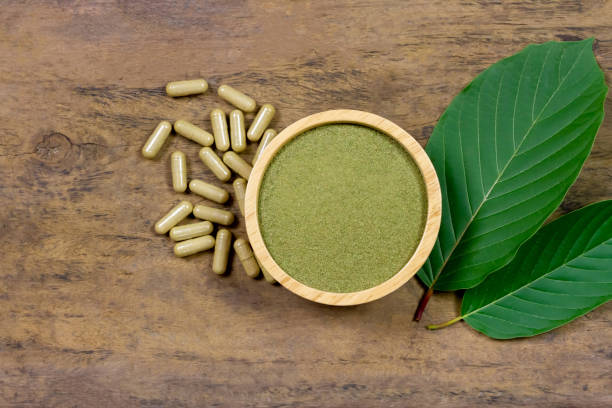THCA, or tetrahydrocannabinolic acid, is a precursor to THC, the psychoactive compound found in cannabis. THCA is not intoxicating on its own but has potential therapeutic benefits such as anti-inflammatory and neuroprotective properties. Understanding how THCA is made can provide insight into the complex chemical processes that occur within the cannabis plant.
THCA is produced by enzymes within the trichomes of the cannabis plant. Trichomes are tiny, mushroom-shaped structures that cover the surface of leaves, flowers, and stems. These trichomes contain cannabinoids like THC and CBD in their acidic forms, including THCA.
The biosynthesis of THCA begins with a molecule called geranyl pyrophosphate (GPP), which is produced in the terpene synthesis pathway. GPP undergoes a series of enzymatic reactions to form cannabigerolic acid (CBGA), which serves as a precursor to other cannabinoids like THC and CBD.
CBGA is then converted into CBDA or THCA through specific enzymes known as synthases. In the case of THCA production, an enzyme called THCA synthase catalyzes the conversion of CBGA into THCA by adding a carboxyl group to CBGA’s molecular structure.
The process by which CBGA is transformed into either CBDA or THCA depends on environmental factors such as temperature and light exposure. For example, high temperatures can cause decarboxylation of CBGA into CBCA instead of forming either CBDA or THCA.
Once THCA has been synthesized within the trichomes, it must be carefully preserved to prevent degradation into THC through decarboxylation. Decarboxylation occurs when heat or light removes the carboxyl group from THCA’s molecular structure, converting it into psychoactive THC.
To avoid premature decarboxylation, cannabis cultivators often use techniques such as cold extraction methods or low-temperature drying processes. By maintaining optimal conditions for storing harvested cannabis flowers rich in THCA content, producers can preserve its therapeutic potential until consumption.
Overall, understanding how is thca made sheds light on the intricate biochemical pathways involved in cannabinoid synthesis within cannabis plants. By manipulating these pathways through selective breeding or genetic engineering techniques, researchers may be able to enhance cannabinoid production for medicinal purposes while minimizing unwanted side effects associated with psychotropic compounds like THC.
As scientific research continues to unravel the mysteries surrounding cannabinoids like THCA and their potential health benefits, we may soon unlock new avenues for harnessing nature’s pharmacological treasures safely and effectively.




